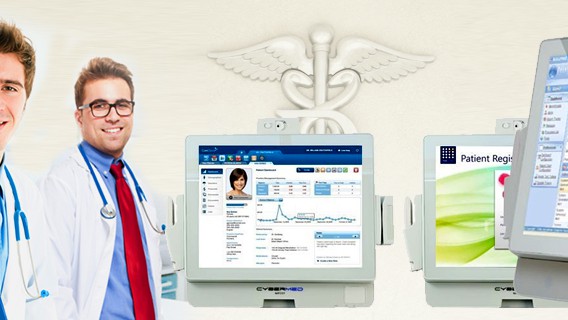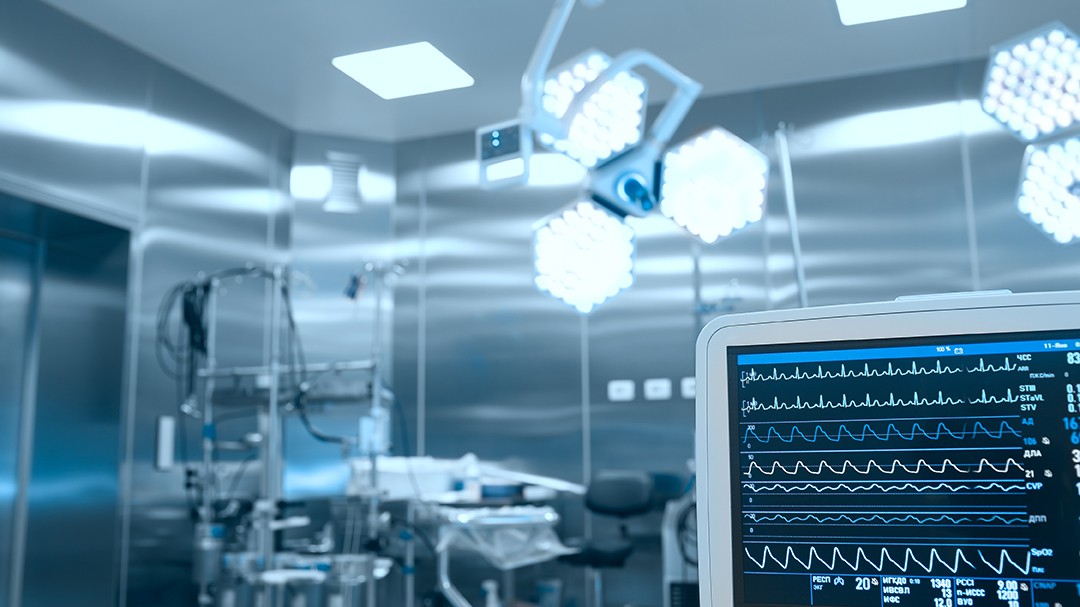Not only does a cool computer work better, a hot computer is a sign of imminent–and expensive–damage.
PCs generate heat, which slows performance and even damages components over time. Cooling systems keep PCs alive in normal circumstances: in extreme situations, PCs slow down and stop working when their cooling systems fail.
We’re going to cover why PCs get hot, what heat does to computers, and how better cooling systems can protect high-performance machines in even the most unforgiving environments.
Why PCs get hot
Article Guide
To understand how cooling improves PC performance, we first have to understand why PCs get so hot in the first place.
Electricity generates heat as it passes through a wire (or circuit). The more electricity passes through the wire, the hotter the wire gets. The smaller the wire is, the more electricity goes through it, the hotter the wire gets. The conductivity of the wire also determines how hot the wire gets. This concept is called “resistance.”
To simplify it all the way down, think of a water pipe. The bigger the water pipe, the more water can pass through it. However, if too much water gets forced through that pipe, it might strain, start to crack, and leaks develop. Wires and circuits are the same way. The wire is the pipe, the electricity is the water, and the “leaks” are heat.
The circuits on a PC’s motherboard and especially on its CPU are extremely small. And those components also use a lot of electricity–the CPU is essentially the computer’s brain, and it’s performing all of the calculations that make programs work.
So, the pipes leak, and you get a lot of heat coming out of your PC.
The biggest sources of heat in a PC
These components are the primary offenders when it comes to heat generation in a PC:
CPUs (and GPUs) – The processors of a computer are doing millions of calculations every minute (or second, depending on your CPU’s speed and usage). The processor is also extremely small and pulls a lot of electricity.
Batteries – For laptops, tablets, or PCs with a battery backup, the battery generates a lot of heat. Anyone who’s ever had a laptop on their legs for a long period of time can attest to that.
Mechanical hard drives – Though solid-state drives (SSDs) are more popular in PCs these days, mechanical hard drives with a spinning platter and a mechanical reader soak up a lot of electricity and generate heat as a result.
Power supplies – As expected, the power supply that’s conducting, converting, and transferring electricity to every component in the PC is generating heat. It’s why they come with their own fans.
When one of these components gets too hot, your PC is in danger.
Heat slows performance and damages PCs
The heat generated by PC components is normal, but it’s also harmful when cooling systems fail.
If the room the PC is working in climbs above 80°F (26° C) the PCs performance may begin to slow down. That’s not even that hot: many workplaces, warehouses, and outdoor environments reach and exceed that temperature frequently.
If the internal temperature of the CPU exceeds 212°F (100°C), performance is affected–the computer will have a noticeable dip in speed as the CPU throttles down to prevent overheating.
As temperatures climb higher, components begin to wear out faster or break entirely. The solder that holds circuits together can melt, silicon can crack, and wires can become brittle and even lose insulation.
Another side-effect of heat is that it lowers the electrical resistance of components, essentially increasing the size of the “pipe” to continue our earlier analogy. This allows more electricity to flow through the circuit, potentially causing electrical overload in affected parts.
When this damage occurs, parts have to be replaced. Unfortunately, these parts (like the CPU and GPU) are also the most expensive components, and with supply shortages, the most difficult to replace.
Not every cooling system works for all PC uses
PC cooling systems are designed to prevent a damaging build-up of heat. However, not all cooling systems are appropriate for all computers (or environments).
Fan cooling works for mild use cases
The most common form of PC cooling, most PCs have fans in their case, on their power supply, and on their CPU and GPU. These fans move heat away from the components, while drawing in cooler air from the outside.
Fans are great for most consumer-level uses. They’re cheap, easy to replace when they break (which they do often), and they work.
The downside to fans is that they’re reliant on the ambient temperature outside the computer being relatively cool. In warm climates or hot situations (an industrial tablet being used to help install or assess solar panels in a desert), fans can’t keep the components cool enough.
In situations like hospitals or clean rooms, fans create problems by sucking debris and microorganisms into the computer. Microorganisms fester in the dark warmth of the computer and get shot out by the fans into what should be a sterile environment.
Fanless cooling works for harsher or more stringent environments
Radiative cooling (also called fanless cooling) is the opposite of fan cooling (though both are often used in the same system). Radiative cooling is when heat is directed away from a component through the use of heat sinks or radiation fins.
These heat sinks have a huge surface area by being folded in on themselves – think of a radiator grill. CPUs and GPUs often come with heat sinks built-in or installed to aid the fans in cooling the component.
Fanless cooling is a form of passive cooling – the heat sinks and fins quickly absorb heat from the component and just as quickly release it into the air.
Radiative cooling is most useful for situations where fans don’t work, like hot environments, harsh conditions with dust and metal shavings, or sterile environments where fans become a liability.
Another key part of fanless cooling is using efficient components that don’t generate as much heat. Lower voltage chips and drives use less electricity, which as we learned creates less heat. This also lowers energy costs, which is a nice side effect.
The combination of energy-efficient components and radiative cooling allows for specialty medical computers and industrial tech like industrial panel PCs to function in environments with unique needs.
A cool computer is a happy computer
Cool computers work better–the closer to room temperature, the safer the components are and the faster the CPU can run.
Unless the PCs you’re using are able to operate in controlled temperatures, the standard cooling systems may not be enough. Computers with high efficiency, low voltage components and fanless cooling can operate better for far longer in significantly harsher environments.
To learn more about specialty-use computers that can survive high heat situations or operate in sterile conditions, contact a representative from Cybernet. Also follow Cybernet on Facebook, Twitter, and Linkedin to stay up to date on this and other relevant topics.
How Medical Grade Computers Improve the Standard of Care in the Medical Profession
August 3, 2015
The face of the healthcare industry has changed drastically in the past decade. Now, the use of devices like medical grade computers in patient rooms, emergency rooms, and operating rooms have allowed healthcare service…
0 Comments6 Minutes
Improve Interoperability with the Right Medical Computers
September 25, 2018
Every organization consists of different departments working in sync together to move forward. This is doubly true with healthcare organizations such as hospitals, which measure success in lives saved and patients…
0 Comments7 Minutes
You Can't
Learn from a Pop-up
But we can deliver knowledge to your inbox!
We dive deep in the industry looking for new trends, technology, news, and updates. We're happy to share them with you.
Knowledge, News, and Industry Updates Right in Your Inbox




